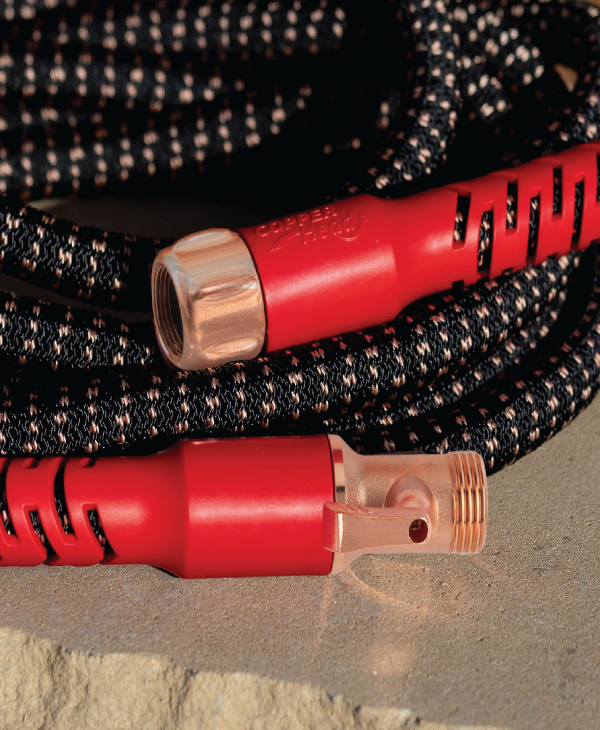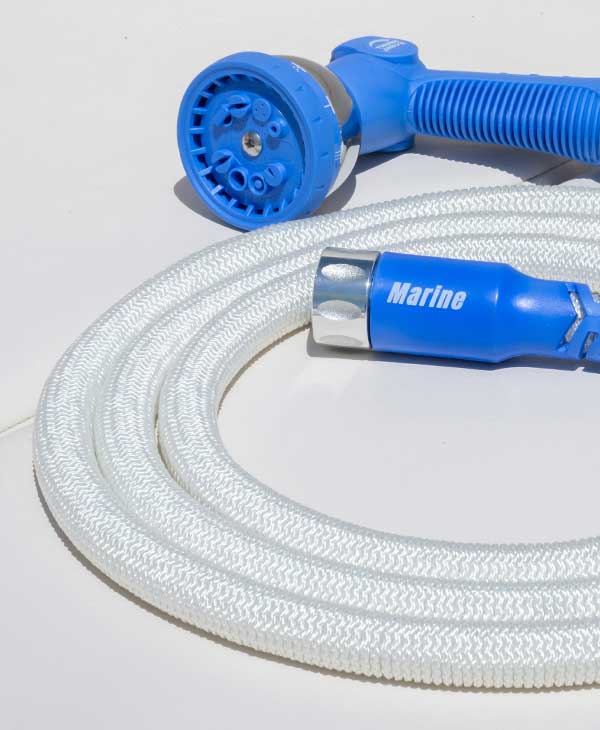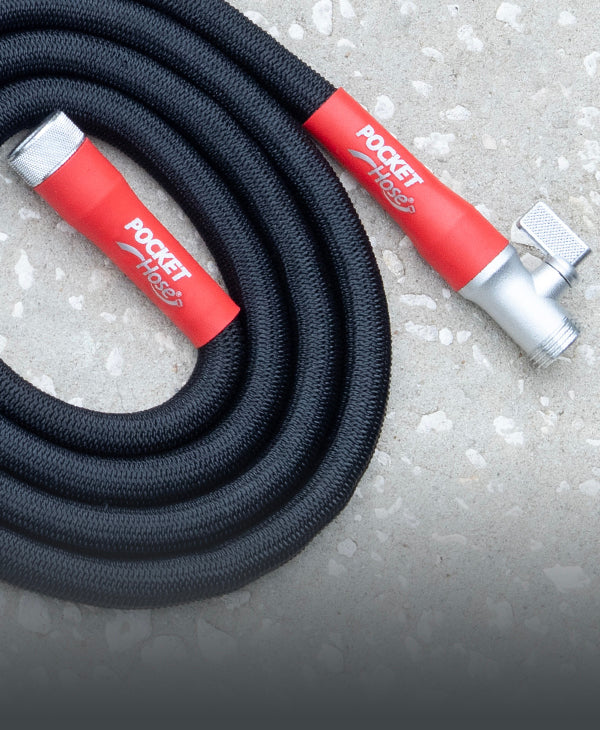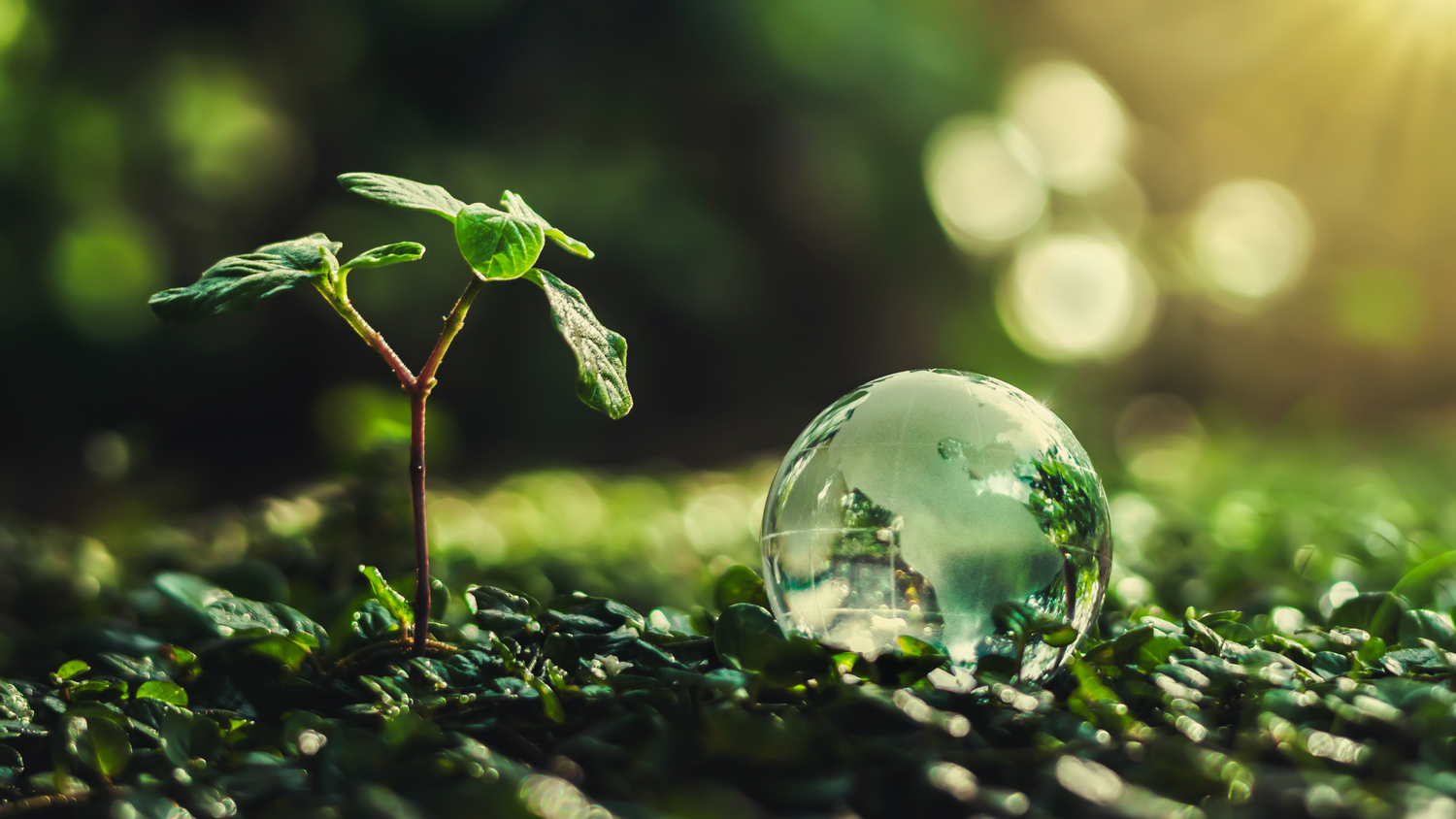Gardening has become more than just a pastime for many; it's a way to reconnect with nature, produce organic food, and beautify surroundings. However, the environmental impact of gardening, especially concerning water usage, can offset these benefits. The good news is numerous eco-friendly gardening hacks save water and reduce costs. This comprehensive guide delves deep into sustainable gardening practices, offering practical advice on creating an environmentally friendly garden that conserves our precious resources while saving you money.Understanding the Importance of Water Conservation in Gardening
Before diving into the practical tips, it's paramount to understand why water conservation in gardening is so critical. Freshwater resources are depleting at an alarming rate, and with climate change exacerbating the situation, sustainable water use is more important than ever. According to the Environmental Protection Agency (EPA), outdoor water use accounts for 30% of household water use in the U.S., with a significant portion going to watering gardens and lawns. By implementing water-saving measures, gardeners can substantially impact overall water conservation efforts.
Planning and Designing an Eco-Friendly Garden
The foundation of water-efficient gardening lies in the planning and design phase. Here are crucial steps to ensure your garden is primed for sustainability:
1. Incorporate Native Plants
Native plants are adapted to the local climate and soil conditions, requiring less water, fertilizer, and pesticides. By selecting native flora, you create a more resilient and low-maintenance garden. These plants also support local wildlife, providing habitats and food sources for birds and pollinators.
2. Group Plants with Similar Water Needs
Hydrozoning is grouping plants based on their water requirements. This method ensures that every plant receives the appropriate amount of water, reducing waste. High water-need plants are placed together, separate from drought-tolerant plants, allowing for efficient irrigation practices.
3. Design Efficient Irrigation Systems
Investing in a smart irrigation system can drastically reduce water usage. Drip irrigation, for example, delivers water directly to the plant roots, minimizing evaporation and runoff. Timers and moisture sensors can automate watering schedules, ensuring plants are watered only when necessary.
Soil Management for Water Retention
Healthy soil is fundamental for water conservation. Soil rich in organic matter retains moisture better, reducing the frequency and volume of watering needed. Here are tactics to improve soil water retention:
1. Add Organic Matter
Incorporating compost, aged manure, and other organic materials into the soil enhances its structure and ability to hold water. Organic matter also improves soil aeration and nutrient content, promoting plant health.
2. Mulching
Mulch is an underrated hero in water conservation. Applying a thick layer of organic mulch (such as wood chips, straw, or leaves) around plants helps retain moisture by reducing evaporation, keeps the soil cool, and prevents weed growth. It also slowly breaks down, enriching the soil with nutrients.
3. No-Till Gardening
No-till gardening involves minimal soil disturbance, preserving its natural structure and the microorganisms within it. This practice can improve water infiltration and retention and reduce erosion and runoff.
Efficient Watering Techniques
Knowing how and when to water your garden is just as crucial as having efficient systems. Here are some best practices to optimize water usage:
1. Water Early in the Morning or Late in the Evening
Watering during the more excellent parts of the day reduces water loss due to evaporation. Early morning watering is often preferred as it lets plants absorb moisture before the day heats up.
2. Deep Watering
Encouraging deep root growth is essential for water-efficient gardening. Water deeply and infrequently, ensuring the soil is thoroughly soaked but not waterlogged. This technique encourages plants to develop deep root systems that are more drought-resistant.
3. Harvest Rainwater
Installing a rainwater harvesting system, such as rain barrels, can provide a sustainable water source for your garden. Collecting and storing rainwater from roofs and gutters can significantly reduce the need for municipal water, which is both eco-friendly and cost-effective.
Alternatives to Traditional Lawns
Lawns are major water hogs, often requiring extensive watering to maintain their lush appearance. Considering alternatives or modifications can vastly improve water conservation:
1. Drought-Tolerant Ground Covers
Replacing traditional turfgrass with drought-tolerant ground covers, such as clover, thyme, or creeping juniper, can dramatically cut water use. These alternatives often require less mowing and maintenance as well.
2. Xeriscaping
Xeriscaping is a landscaping approach that uses plants naturally adapted to arid conditions. This method focuses on water conservation through careful planning and plant selection, resulting in a beautiful yet water-efficient garden design.
3. Lawn Reduction
Simply reducing the size of your lawn can have a substantial impact. Expanding garden beds, creating seating areas, or adding hardscaping elements like pathways and patios can minimize the area that requires frequent watering.
Eco-Friendly Fertilizing and Pest Management
Sustainable gardening extends beyond water conservation. Fertilizing and pest management practices are crucial in creating a healthy, eco-friendly garden.
1. Compost and Organic Fertilizers
Using compost and organic fertilizers not only supplies essential nutrients to plants but also improves soil health and water retention. Composting kitchen scraps and yard waste is an excellent way to recycle organic material and reduce reliance on synthetic fertilizers.
2. Natural Pest Control

Chemical pesticides can harm beneficial insects and contaminate soil and water. Opt for natural pest control methods such as introducing beneficial insects (like ladybugs and lacewings), using neem oil, or creating physical barriers to protect plants. Integrated Pest Management (IPM) strategies combine biological, cultural, and mechanical control methods to manage pests sustainably.
3. Crop Rotation and Companion Planting
Rotating crops and using companion planting techniques can help maintain soil health and reduce pest and disease problems. When grown together, certain plants can deter pests or improve each other's growth, creating a more balanced and resilient garden ecosystem.
Innovative Water-Saving Gardening Tools and Technologies
Advancements in gardening tools and technologies have made it easier to conserve water and save money. Here are some innovative solutions worth exploring:
1. Soil Moisture Meters
Soil moisture meters are handy devices that measure the moisture content of the soil. These tools help gardeners avoid over or under-watering by providing real-time data on soil moisture levels, ensuring that plants receive just the right amount of water.
2. Smart Irrigation Controllers
Smart irrigation controllers utilize weather data and soil moisture sensors to adjust watering schedules automatically. These devices can significantly enhance the efficiency of your irrigation system, preventing water waste and maintaining optimal soil moisture levels.3. Water-Saving Sprinkler Heads
Upgrading to water-efficient sprinkler heads can significantly reduce water usage. Low-flow or rotary nozzles distribute water more evenly and slowly, allowing for better absorption and reducing runoff.
Embracing Sustainable Gardening Practices
Adopting a holistic approach to gardening aligns with eco-friendly principles and maximizes resources:
1. Permaculture Principles
Permaculture is a design philosophy emphasizing working with nature to create sustainable and self-sufficient systems. Incorporating permaculture principles into your garden design can improve water efficiency, reduce waste, and enhance biodiversity.
2. Practicing Garden Maintenance with Conservation in Mind
Regular maintenance practices, such as pruning, weeding, and mulching, should be carried out with water conservation in mind. Proper maintenance ensures plants remain healthy and resilient, reducing the need for additional water and inputs.
3. Education and Community Involvement
Sharing knowledge and resources within your community can amplify the impact of eco-friendly gardening practices. Joining local gardening clubs, participating in workshops, and engaging with neighbors can foster a culture of sustainability and inspire others to adopt water-saving gardening techniques.
Final Thoughts
Eco-friendly gardening is not only an ethical choice but also a practical and rewarding one. By incorporating these water-saving and sustainable practices, you can create a garden that thrives with less water, reduces costs, and supports the environment. Remember, every drop counts, and as responsible gardeners, we can make a positive impact. Embrace these hacks, and watch your garden flourish while you contribute to a more sustainable future.
In summary, eco-friendly gardening requires planning, mindful water use, innovative technologies, and a commitment to sustainable practices. Whether you're an experienced gardener or just starting, implementing these hacks can transform your garden into a thriving, environmentally responsible haven. So, dig in, get your hands dirty, and enjoy the beauty of a water-wise garden that saves you money and helps preserve our precious natural resources.





Leave a comment
This site is protected by hCaptcha and the hCaptcha Privacy Policy and Terms of Service apply.